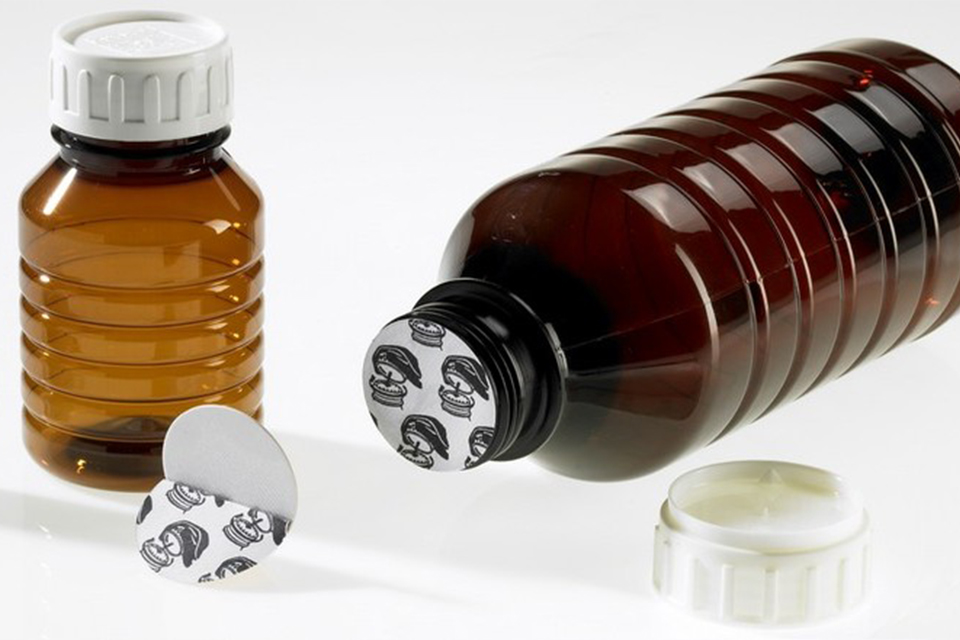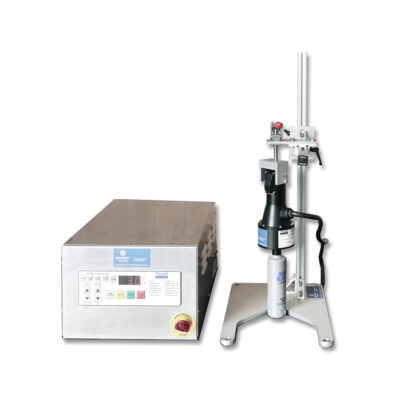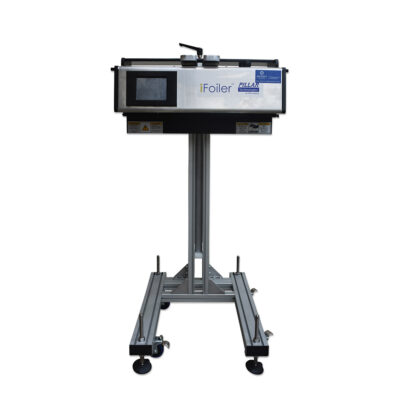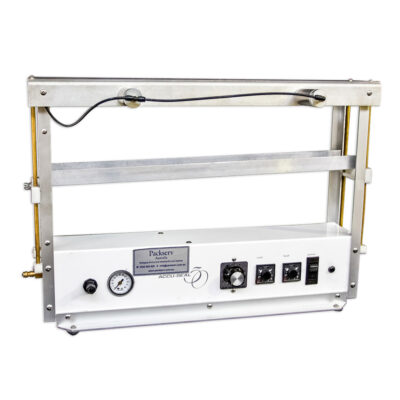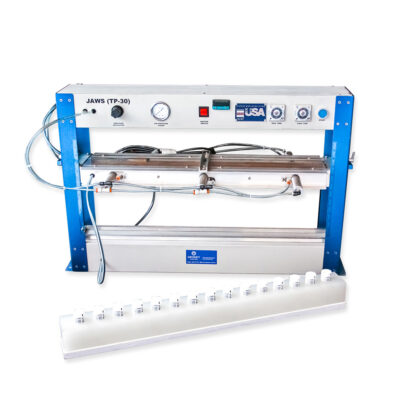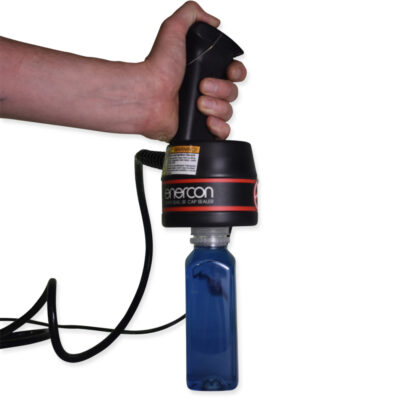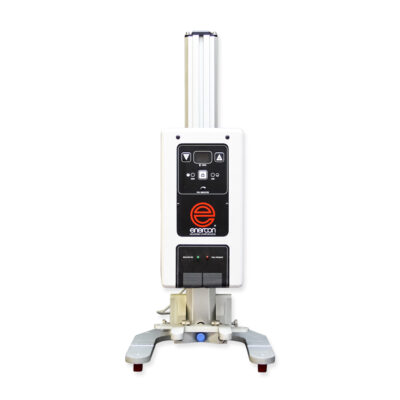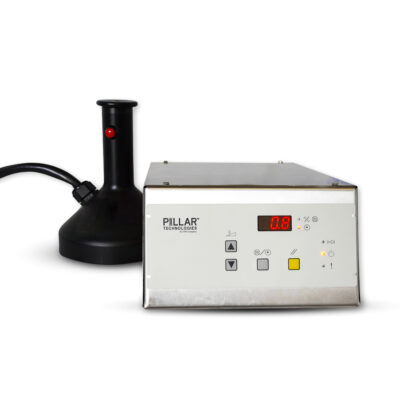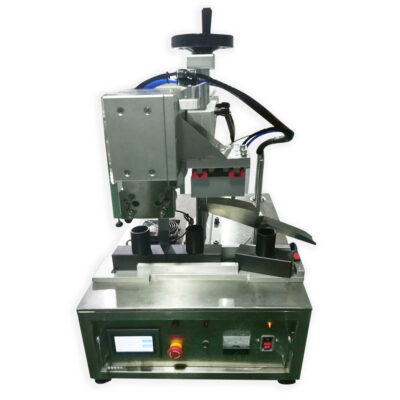So, What is Induction Sealing? And why do I need it?
In the FMCG, Pharmaceutical and Cosmetics industries, especially with locally or internationally shipped products, having an Induction Seal is a prerequisite for many goods.
What is induction sealing?
Induction Sealing isn’t a new phenomenon, it’s actually been around since the 1960’s.
In simple terms, have you ever opened a product by unscrewing the lid, and found a plastic and foil layer under the lid that you had to peel off? That’s an induction seal.
It creates a sterile or sealed environment in which products can extend their shelf life and freshness dramatically.
What does an induction seal do?
An induction seal does a few things very well.
- It keeps out contaminants such as moisture, air, and bacteria.
- It stops the product leaking in transit, for example, if it was upside down, heated up, and then low cabin air pressure applied, the product would become less viscous and have the effect of being sucked out of its container.
- It reduces the number of returns and therefore costs of supply. For example, if one container leaks in a shipment, it may result in the whole shipment being rejected at its port.
- It increases the ability of the container to keep the product fresher and increases its strength in its ability to hold the product inside its vessel.
- It strengthens customer confidence in the product, brand and supplier. An inteact sela at the time of opening provides assurance that the product is untampered and of high quality.
How do I introduce an induction seal into my packaging process?
There are a couple of ways to introduce an induction seal to your packaging process.
In most cases, where the manufacturer makes this decision in advance, the cap or closure is pre-ordered with the induction seal already located, or pressed, into the cap.
There are specialist suppliers of the seals separately, but then you have insert them into the cap. Again there are companies that can press them in for you, either mechanically or manually, but this adds a process and a cost, so its best to order them ready to go.
Are there different types?
Most induction seals (or wads) are a 3 part seal consisting of a plastic top layer, a foil middle, and the sealing layer, which varies in composition.
There 5 part seals, which have a separating top two layers that remain inside the cap after opening, like a vitamin jar to absorb moisture. These can vary in composition and material, and they can also have a printed layer where a message like “Sealed for your protection” or a logo could be placed.
Where would you commonly use one?
Common places you would find an induction seal would be in food & beverage, or pharmaceutical & cosmeceutical products.
They also appear in the industrial and chemical sectors where they are used to secure dangerous materials in transit.
When are they applied?
A lot of people see an induction seal and thing that it is applied after putting the product inside its container as a separate process before tightening the cap, but its much more sophisticated than that.
How are they applied?
Basically after the container has been filled, the cap is tightened pressing the induction seal in between the top of the container, and the bottom surface of the inside of the cap, creating sort of a sandwich.
The container is then passed through an electromagnetic field which heats the foil layer, melting the sealing material that is in contact with the top of the container.
When the sealing layer cools it creates a bond air tight sealing the product inside… even when the cap is removed.
-
Make: Pillar TechnologiesCode: INS-IF2.25-U

